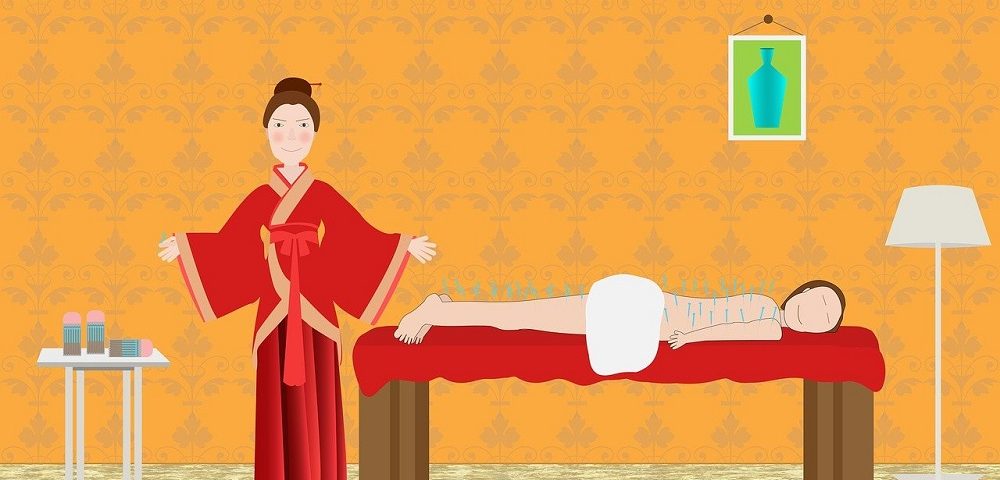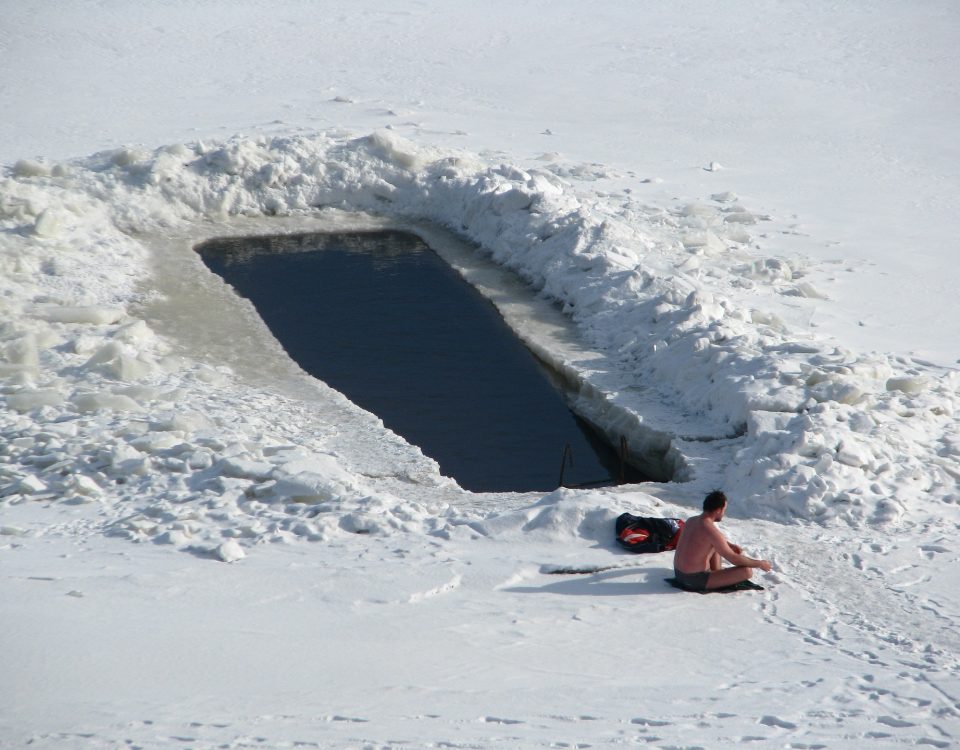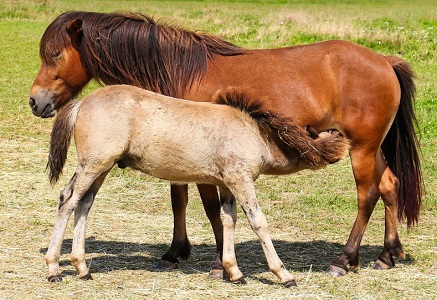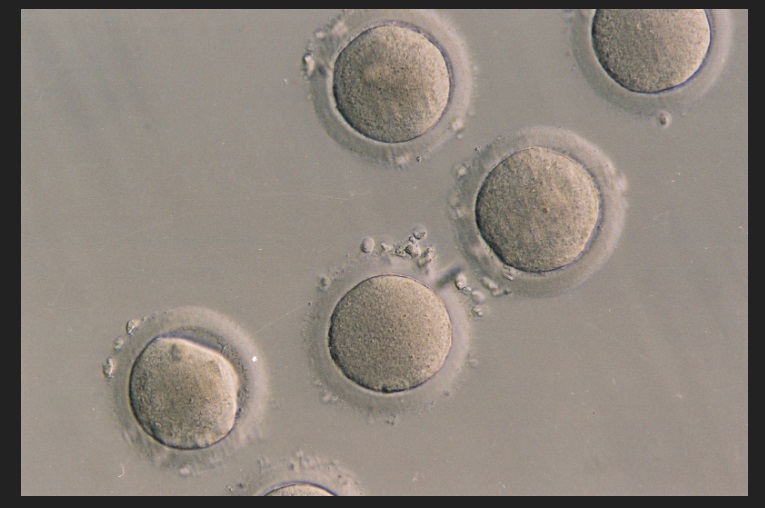What is the difference between dry-needling and acupuncture?

How to use a BBT chart to help you fall pregnant
05/08/2021
How do you use moxa sticks to help turn a breech baby?
22/05/2022
What is the difference between dry-needling and acupuncture?
I get asked this question a lot.
Or I get told in an off-hand comment, “Oh, my physio has given me acupuncture before…”.
I’m really tired of other modalities stealing our medicine!
Essentially the main difference between dry-needling and acupuncture is the level of needling experience, and education, the person wielding the needle has.
“Dry-needlers” have literally completed a weekend course in how to stick needles into people.
I, on the other hand, am a qualified Acupuncturist. What this means is, in order to practise as an Acupuncturist and be registered as an Acupuncturist, I completed a Bachelor of Health Sciences degree. It was a 4-year, full-time degree. This degree encompassed both Acupuncture and Chinese herbal medicine subjects as well as Health Sciences subjects. On top of this, each year, we needed to complete a set amount of clinical hours.
In our Acupuncture component, we were required to start needling ourselves, as well as our classmates, from the first week in our first year of University. We then practised on ourselves and our classmates for the entire 4 years. Each and every semester we were required to take a “Point location” exam. We had to memorise over 200 points, and their anatomical location, yet we were only tested on 20 of these points. From memory, I seem to remember the pass mark being 18, or 19, out of 20. Not a huge margin for error. And with good reason.
Needles are dangerous. When you put a needle into someone, it comes with inherent risk for both the patient and practitioner.
It was not until our 4th year that we were able to also needle the paying public, as well as friends and family, in the University student clinic. After 3 long years of honing our needling skills on our fellow classmates and ourselves, we were able to start practising on patients but not without consultation from an overseeing clinical supervisor. We had to have seen a certain number of patients and complete a set number of clinical hours in this 4th and final year before we could graduate.
In the 4 year degree, we studied different needling techniques. We learnt the best and safest way to needle different areas of the body, as well as how to account for different bodily structures and anatomical differences. We learnt the best way to position patients in order to access certain areas of the body, and we learnt how to select appropriate needle length, and thickness, based on what area we intend on needling. We learnt what works, and what didn’t. We learnt how to feel first with our fingers, then how to try and needle that which we felt.
Another aspect of needling, which cannot be covered in a weekend course, is the understanding of the patient’s age and overall wellbeing and how we must consider this in relation to our needling. There are times we can use strong needling technique, and times we can’t. There are times we can use lots of needles, and times we can’t.
We learn that the human body is first a patient, and not simply a sack of meat that can be skewered any which way you like.
We also learn how to release trigger points in our degree. This is essentially what “dry-needling” is, and every single Acupuncturist knows how to needle trigger points.
In Chinese medicine these points are referred to as “Ah Shi” points. The term “Ah Shi” in Chinese, literally means “Yes! That’s it!” This “Ah Shi” aspect of our medicine represents only a tiny fraction of the full scope of acupuncture, maybe just 5%.
The term “Dry-needling” is a very clever way of getting around a loophole in the medical system. You see, dry-needlers do not need to study Acupuncture for 4 years. Dry-needlers have essentially done a weekend course learning how to stick needles into people. Then they’re told to “go forth and practise on paying patients!”
They don’t use special “dry-needling” needles. They use acupuncture needles. They use all the same equipment as us, they just call it “dry-needling”.
I’ve heard some patients say to me that their physio explained it in terms of “dry-needling is more scientific than acupuncture” and “acupuncture works on energy-pathways however dry-needling releases trigger points in tight muscles”
*Eye-roll*
Yes, acupuncture is based on a system whereby acupuncture points are located on set-out meridian pathways, but we also learn to needle points in muscles, not on those pathways, that are causing pain. Acupuncturists have been needling Ah-shi (trigger points), for centuries. Well before the modalities of Physiotherapy or Chiropractics were ever known.
I appreciate the fact that the people who offer “dry-needling” to their patients have an extensive knowledge of anatomy. Physios, Chiros, Osteos etc have completed years of study of human anatomical structure and function in relation to their field of practice. Yet needling the anatomical structure you feel with your fingers is an art form requiring years of practise, not a weekend course.
It begs the question, if you went to an acupuncturist for a sore neck, and that acupuncturist had just completed a weekend course in “chiropractic neck adjustments” or “dry-manipulations”, would you feel confident in allowing your acupuncturist to practise a chiropractic neck adjustment on you….?



